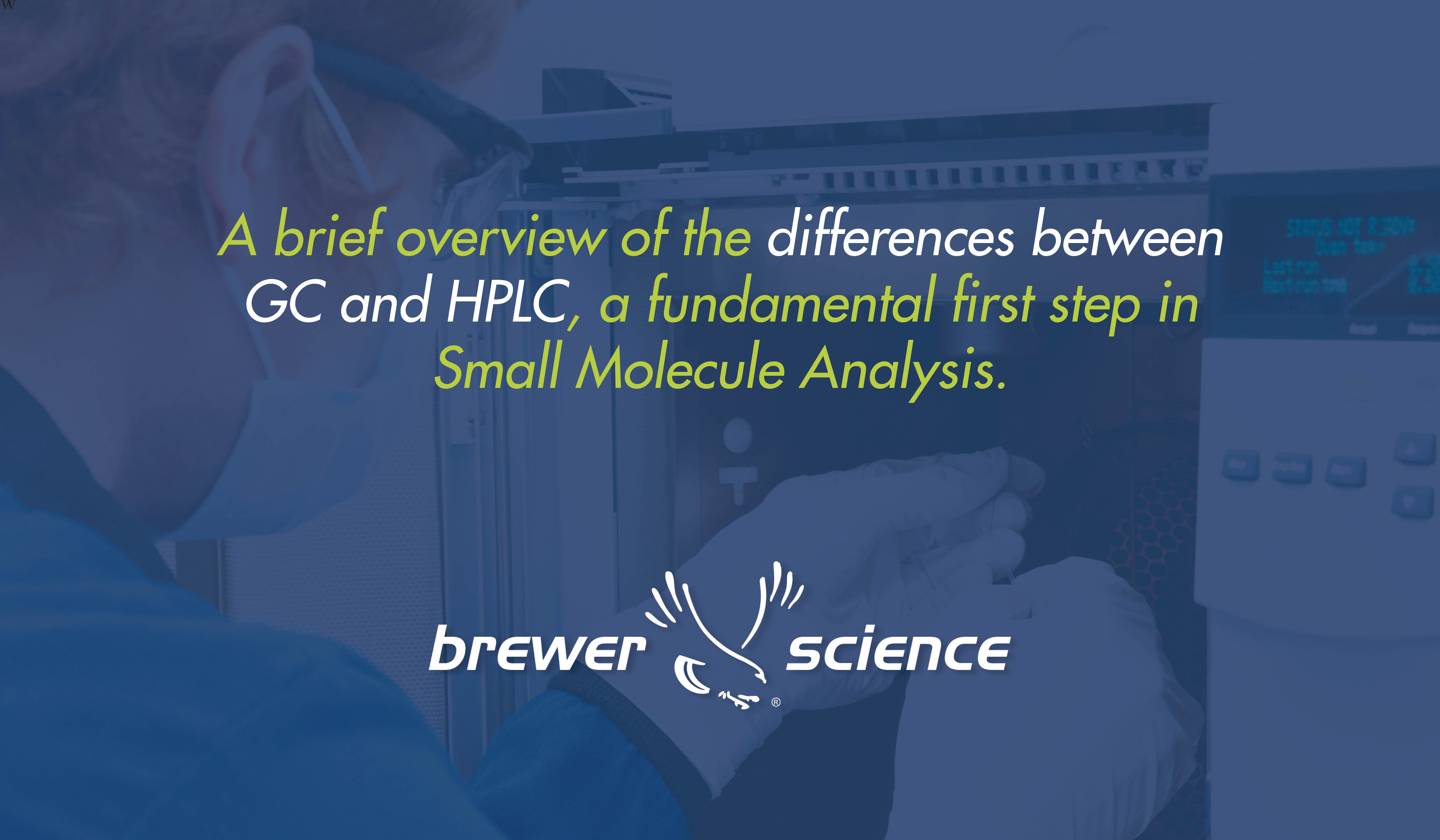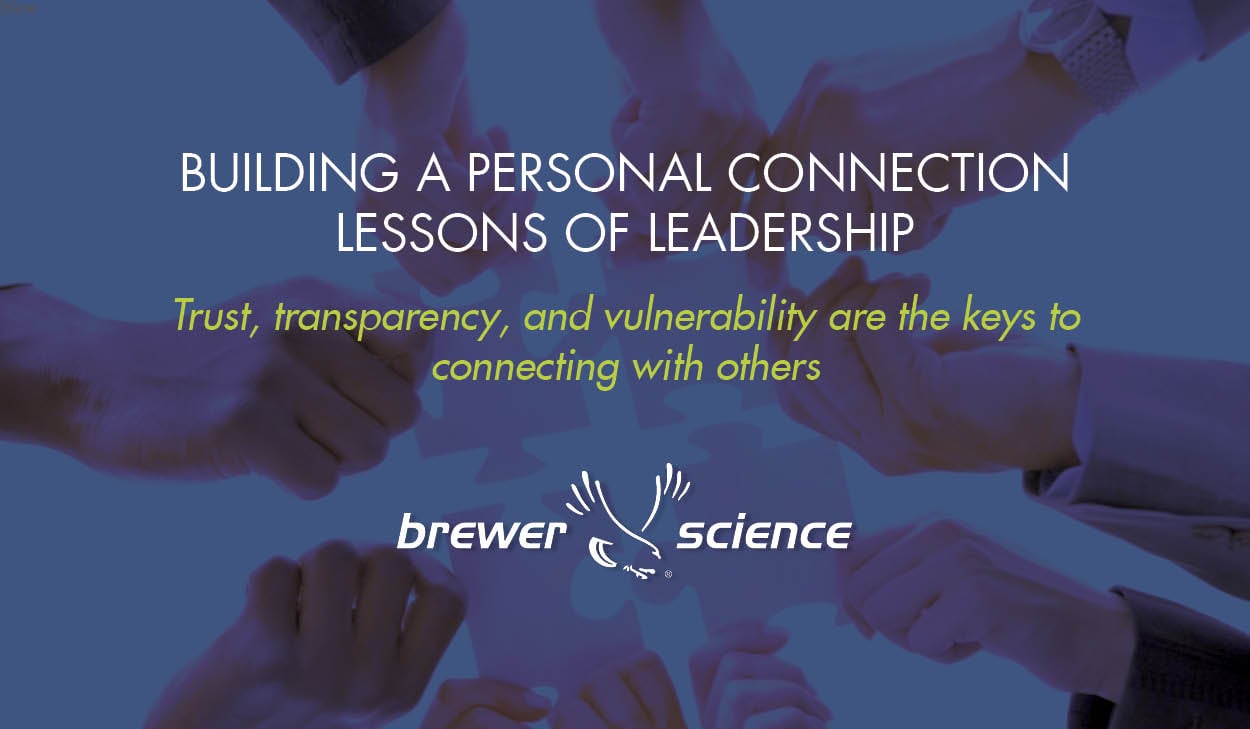For most of the relatively brief history of modern computing, progress has been measured in shrinking by nanometers. By making transistors smaller and smaller, engineers have been able to pack more transistors on smaller chips. More transistors per chip mean faster, more powerful computers that can fit into smaller devices. These microprocessors have made possible the rise of modern consumer electronics, including the PC you’re reading this blog on and the smartphone in your pocket.
More than 40 years ago, Gordon Moore, a co-founder of chip-maker Intel, hypothesized that the number of transistors on microchips would double every year or so — and keep doubling. His theory became known as “Moore’s Law,” and its continued accuracy has depended on science’s ability to keep making smaller, thinner transistors. Now, however, experts generally agree that Moore’s Law is coming to an end.
“We know it’s going to be over, because at some point in the near future, we’ll be building transistors out of just a handful of atoms,” Georgia Tech professor Tom Conte told NPR in a 2016 interview. Conte is on a team of scientists at the Institute of Electrical and Electronics Engineers (IEEE) working on new benchmarks for advancing computer science after Moore’s Law no longer holds water. “When we’re down to that level, you can’t go too much further. The gig is up, if you will. So we have to figure out something else to do.”
As good as it gets?
So when processors just can’t be made any smaller, does that mean the current speed, power, and efficiency of existing microprocessors is as good as we can possibly get? Engineers from around the world say the answer is no, and they’re working on ways to enhance computing power that don’t rely on smaller transistors to get the job done.
One of the avenues they’re exploring is alternative chip material. The use of silicon for microchips has helped make powerful computing devices widely available and affordable. But, as Gary Marshall notes in TechRadar, “sooner or later, silicon will hit a wall. It won’t be able to provide the exponential growth in processing power we’re used to because we’ll be down to components that are only a few atoms wide.”
Graphene — made of a single, atom-thick layer of carbon atoms — has shown promise as an alternative microchip material, and researchers have been working on development of graphene chips for about a decade. While graphene seems to have a great deal of potential for hundreds of applications, it’s not without challenges. For one thing, graphene demand has, so far, outpaced production.
Alternative materials, however, aren’t the only potential solutions to the challenges heralded by the demise of Moore’s Law. Multiple possible solutions, such as neuromorphic and quantum computing, will require engineers to completely rethink how they will achieve continued progress in computing science.
What’s more, Conte told NPR, computer engineers in different disciplines will have to improve their communication with each other. “In computing, we’ve each been in our own little happy niches ... like floors in an office building,” he said. “Each floor didn’t talk to the other floors. And that’s worked great. It’s made us able to build huge computing power. But now it’s time to reorganize ... we all have to start talking to each other again.”





Subscribe to Our Blog